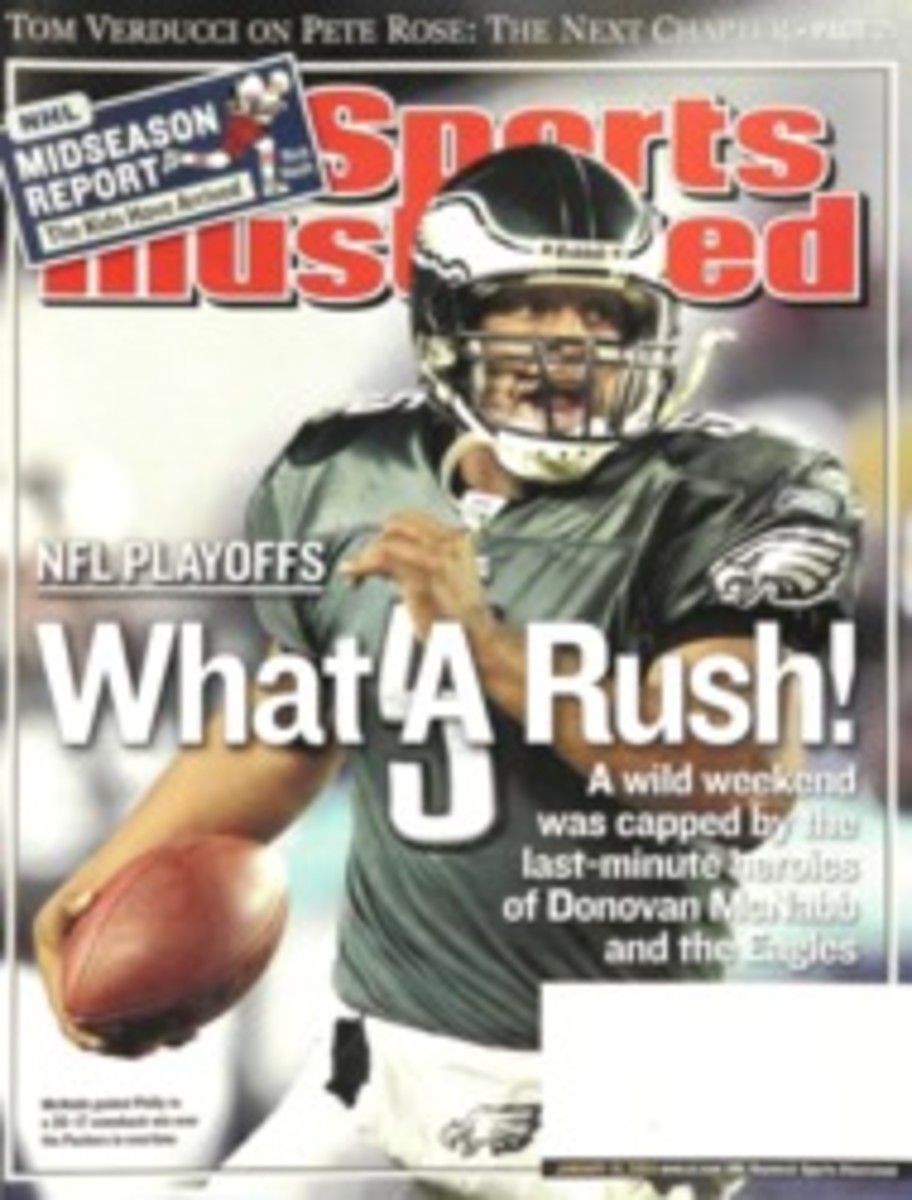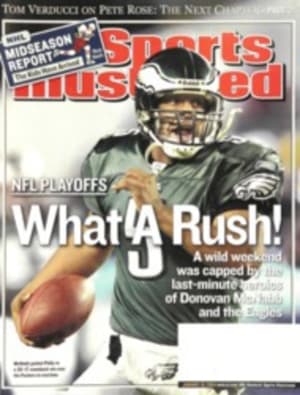
Road Tripper The Lakers coach came to understand his state during long drives to games
My parents told us one spring morning in 1956 that they had
accepted a pastorate in Williston, N.Dak. My two teenage brothers
weren't happy about the decision to move 500 miles east from
Montana. I was 10, and I couldn't have cared less, as long as I
could play ball--any kind of ball. ¶ Williston, on North Dakota's
western border, had recently gone through an oil boom that had
almost doubled the population to just over 10,000 brave souls. It
had brought in folks from Oklahoma, Texas and Kansas who knew the
"ahl bidness" to join all those Norwegian immigrants who had come
over at the turn of the century. The Lutheran church services
were broadcast on the radio in Norwegian, and the lutefisk
dinners at any of the 12 Lutheran churches during the holiday
season were the social events on the Williston calendar.
Growing up a pastor's kid wasn't a cakewalk, but Williston was a
good place to be when the chance to play arrived. We had school
teams and recreational leagues, and the local 4-H county agent
organized the eight counties in western North Dakota and eastern
Montana into a rec-basketball conference. Some players came from
the Indian reservations, and they liked to play run-and-gun
style. We had fun playing with and against them, even though our
parents and theirs didn't socialize.
North Dakota is large; there isn't a major U.S. city within 500
miles of Williston. If we wanted to see pro sports, we would
drive three hours to Regina, Saskatchewan, to watch the CFL Rough
Riders. But the adults in Williston didn't want us to think
small-time. They regularly reminded us of the NoDaks (our term
for North Dakotans) who had made the bigs, such as fomer
secretary of state Warren Christopher and actress Angie
Dickinson.
As kids, though, our only dream was to win the state high school
basketball tournament. There were just 20 Class A (big-school)
teams in North Dakota, and 10 of those were within 150 miles of
each other in the eastern part of the state, where most of the
population is. We were in the western conference, which stretched
for 300 mostly empty miles. On some frosty Friday mornings we
drove almost the length of the state to play Jamestown; then we
would backtrack west on Saturday to play one of the Bismarck-area
teams before heading home. Sometimes we would drive four to eight
hours to play a two-hour game and then drive back home that
night. By the time we were 15 years old, we were road warriors,
much like the Lakota, Crow and Assiniboin natives who lived on
the Plains and made long treks to hunt buffalo and steal each
other's horses.
The weather was always a factor on these trips, as it is for any
driving on the Plains. Survival required that you have chains,
spare tires and blankets just in case, because everyone had a
family member or friend who had been caught in a blizzard--and
some of them hadn't lived to tell the tale.
Driving late at night in blinding snow was part of your
elementary education behind the wheel; keeping the speed up on a
snow-or ice-slickened road was secondary driver's ed; and knowing
how to turn into the inevitable slide was graduate school. As we
drove, we listened to AM radio stations pulled in from across the
continent: WGN from Chicago, KOMA from Oklahoma, CBC from
Winnipeg. There was another world out there that had bright
lights and service stations open all night. Sometimes we would
talk into the wee hours of the morning with the driver-coach
about what it was like out there in the "real" world.
We were driving home late one night after a game in Rugby,
N.Dak., when suddenly the sky was lit with a blue-green light. It
was a spectacular aurora borealis. We had to stop and get out of
the car and allow ourselves to be absorbed into that big sky,
which dominated our world day and night. Lying back on the warm
hood, looking up at the throbbing northern lights, I understood
the allure of this land of sky and wind. Those who have grown up
in North Dakota, from Sitting Bull, the Hunkpapa Lakota, to Roger
Maris, the successor to the Babe, have been nurtured by the
land--a land that is hard but giving, just like its people.
Before playing at North Dakota and in the NBA, Phil Jackson
helped lead Williston High to the 1963 state championship.
COLOR ILLUSTRATION: ILLUSTRATION BY JOE CIARDIELLO

